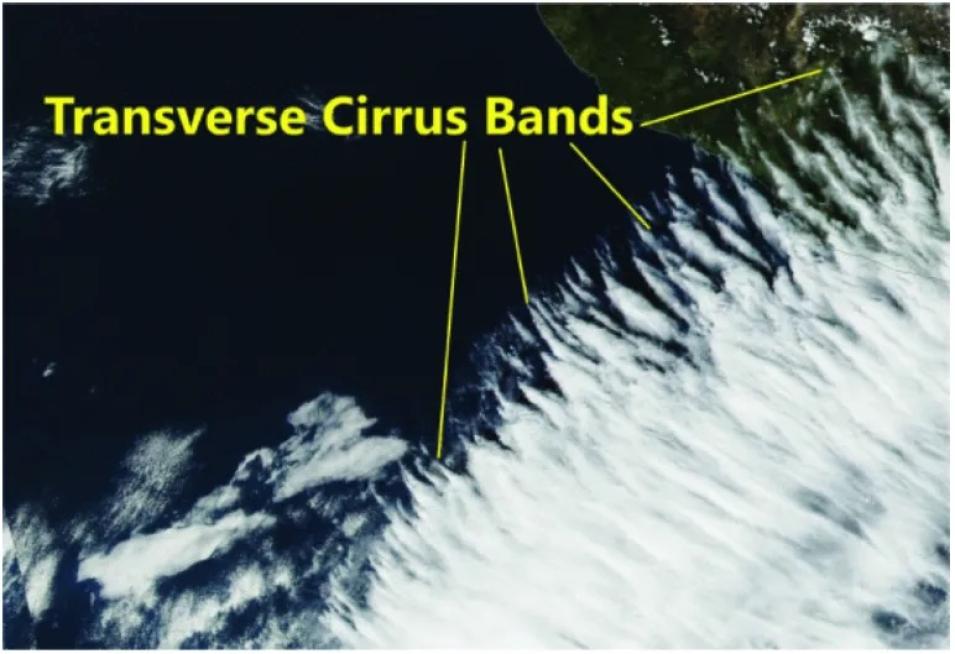When planning the curriculum for the Data Analytics course at Rensselaer Polytechnic Institute (RPI) in the fall of 2020, lecturer Thilanka Munasinghe knew that access to real-world datasets was critical for maximizing student learning. Through conversations with late RPI professor Peter Fox, then the director of the Information and Technology and Web Science program, Munasinghe learned about the Earth observation datasets being generated by IMPACT researchers. He reached out to IMPACT project manager Rahul Ramachandran and requested access to some datasets his students could use to practice applying advanced data analysis techniques. Ramachandran and his team welcomed this collaborative opportunity and provided the students with several datasets.
Because they harbor an abundance of data, satellite image collections provide a natural opportunity to use machine learning (ML) models to identify individual events and patterns. In particular, students sought to harness the deep learning mechanisms of neural networks and other image processing methods to classify images into categories. They used IMPACT-provided ML training datasets to select and study a variety of meteorological and atmospheric phenomena including cloud formations, dust deposition, and cyclones. The datasets were created using the ImageLabeler tool developed by IMPACT to streamline how Earth science phenomena are identified in images.
Munasinghe’s students capitalized on the chance to work with real data. Throughout the semester they trained and tested ML models and analyzed their relative success. Several student research projects generated publication-worthy results that were included in proceedings from the Institute of Electrical and Electronics Engineers (IEEE) International Conferences on Big Data in 2020 and 2021.
Student Ariane Maharaj used images with hand-curated labels created and stored in ImageLabeler as the basis for her project. IMPACT researchers originally sourced the data from NASA’s Global Imagery Browse Service (GIBS) using the Web Map Tile Service (WMTS). Studying the images allowed Maharaj to assess how high-latitude dust in parts of Alaska, Iceland, and Patagonia affects precipitation quantity and frequency. Combining Moderate Resolution Imaging Spectroradiometer (MODIS) images with the data received from IMPACT and NASA Global Precipitation Measurement Mission (GPM) data, modeling outputs from correlation and decision tree analysis indicated a possible negative correlation between dust events and precipitation.

